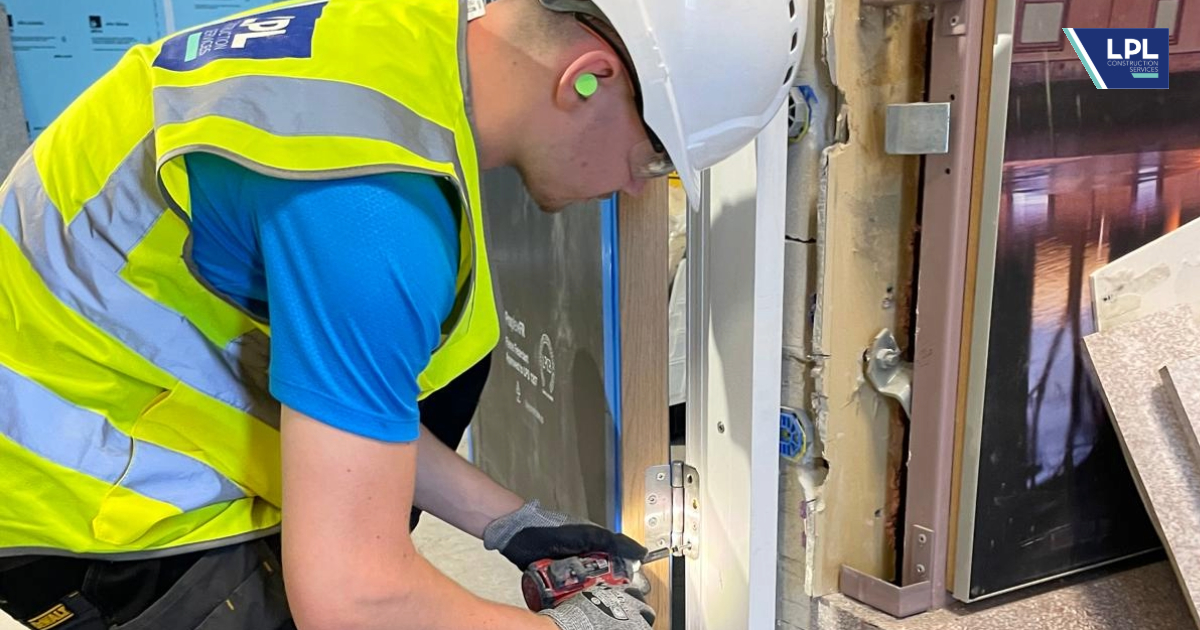Innovating for Safety: Integrating Magnetometer Technology into Buried Services Detection

At LPL Construction Services, our commitment to health, safety, and excellence is deeply embedded in every phase of our operations—from pre-construction planning through to project handover. Since our establishment in February 1992, we’ve maintained a sharp focus on minimising risk to operatives, particularly during excavation and groundwork activities.
One of the most persistent risks in civil engineering and groundworks is the potential for buried service strikes. These incidents, while often unintentional, can result in serious injury, costly project delays, and unplanned service interruptions for clients. Recognising this, LPL has consistently invested in both training and technology to reduce the risk of such events, using the latest guidance from HSE Guidance Note HSG 47 to manage all excavation activities.
The Limitations of Traditional Buried Services Detection Methods
For many years, Cable Avoidance Tools (CAT) and signal generators (commonly referred to as “gennys”) have formed the backbone of service detection on construction sites. These devices function by detecting either:
-
Radio signals that naturally couple into conductive materials (usually over 500m in length),
-
Or electromagnetic signals generated from electrical current passing through live cables.
While effective in many cases, these tools have limitations. For instance:
-
Short sections of buried services (e.g., ductwork or short cable runs) are often missed if they lack active current.
-
Street lighting cables, for example, may not be detectable during daylight hours when not energised.
-
Signal induction with a genny can become complex in densely populated service corridors, especially in urban environments with heavy interference from buildings or external electrical sources.
This creates a critical gap in detection capability—one that LPL sought to close through innovation.
Adopting Magnetometer Technology: A Site-Led Innovation
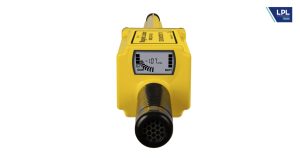
During a recent project at Stansted Airport, the LPL site team observed a third-party contractor conducting a Unexploded Ordnance (UXO) survey. The survey utilised handheld magnetometer equipment to identify ferrous materials buried up to depths exceeding 3 metres. Designed for locating remnants of munitions, the technology was capable of pinpointing small and shallow metal objects with high precision.
This inspired the LPL team to consider how this type of detection might support utility and service avoidance, particularly for metallic assets that aren’t energised or long enough to be picked up by CAT systems.
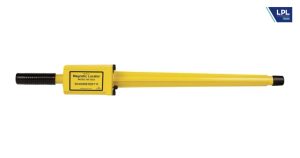
Trial and Results: Complementing the CAT with the Magnetometer
Following this observation, LPL conducted a trial integration of magnetometer scanning alongside our existing CAT and genny toolkit.
The results were compelling:
-
The magnetometer identified metallic services missed by traditional CAT methods, particularly in low-signal or inactive cable conditions.
-
Overgrown and buried manhole covers were easily detected due to their iron composition—saving valuable time in preparation works.
-
Fuel lines heavily coated in bitumen wrapping—which often insulates and conceals metallic signatures from electromagnetic detection—were successfully traced using the magnetometer.
-
The equipment’s depth capability and sensitivity controls enabled more targeted detection, reducing the noise caused by overlapping signals in congested areas.
Strategic Investment in Safety and Best Practice
In light of these findings, LPL has made the decision to formally purchase and integrate handheld magnetometers into our core service detection process. This strategic step represents not only an investment in cutting-edge equipment but a clear example of LPL’s proactive approach to innovation and continual improvement.
The magnetometer will now be used as a complementary tool—alongside our CAT and signal generator systems—to provide a more comprehensive and layered detection method. This integration is already helping our teams to:
-
Improve pre-dig risk assessments,
-
Reduce the risk of accidental strikes,
-
Increase site safety and efficiency,
-
And ultimately, protect both LPL teams and the vital infrastructure of our clients.
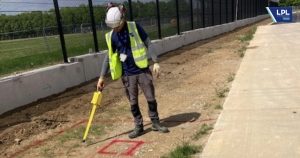

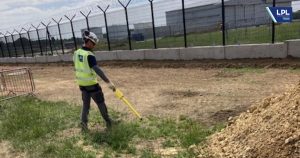
A Culture of Innovation, Grounded in Safety
At LPL Construction Services, innovation is never for its own sake. It must enhance safety, improve reliability, and deliver better results for our clients and site teams. The adoption of magnetometer technology in our buried services detection strategy is a clear example of this philosophy in action.
As construction environments grow more complex and congested, LPL remains committed to applying best practice, embracing new technologies, and delivering excellence through intelligent solutions.
Minimising risk is not just a compliance exercise—it’s our standard.





